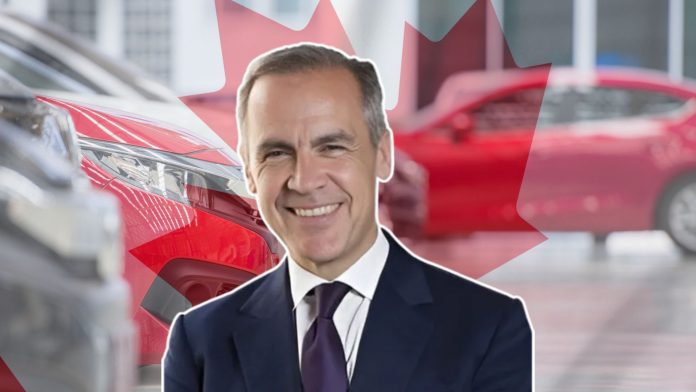On April 3, Prime Minister Mark Carney announced that Canada will impose a 25% tariff on U.S. vehicle imports that do not meet the United States-Mexico-Canada Agreement (USMCA) standards. The move is a direct response to the 25% tariff the U.S. began applying to all imported vehicles the same day.
While Canada has not set a specific implementation date, officials say more details will be released soon.
The tariffs will apply exclusively to non-compliant U.S. vehicles, while exempting auto parts and vehicles that comply with USMCA rules of origin, including vehicle content sourced from Mexico.
Although President Trump announced new tariffs last week that do not directly impact Canada and Mexico, he has kept the existing 25% tariffs on Canadian steel, aluminum, and vehicles in place.
Prime Minister Carney described the U.S. tariffs as “unjustified” and pledged that Canada would respond with “carefully calibrated” countermeasures. He also promised to reinvest revenue from the tariffs into relief programs for affected industries and workers, signaling a more aggressive stance in Canada’s trade policy moving forward.
For example, automaker Stellantis announced a two-week production pause at its Windsor, Ontario facility, citing trade-related uncertainty. The plant employs more than 3,500 workers. Analysts say Ontario, home to Canada’s largest manufacturing sector, may experience economic effects if trade tensions persist.
Carney also noted ongoing discussions with international leaders, including Mexico’s President Claudia Sheinbaum and European officials, to explore expanded trade partnerships. He emphasized Canada’s commitment to promoting “free and equitable” global commerce.
Ultimately, Canada’s 25% tariff will also apply to the non-Canadian content in USMCA-compliant vehicles manufactured in the U.S., while excluding Mexican-origin components and all auto parts.



